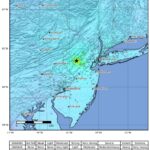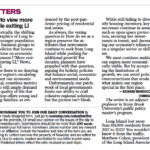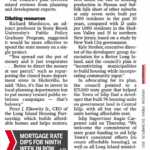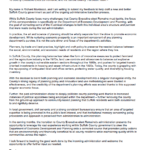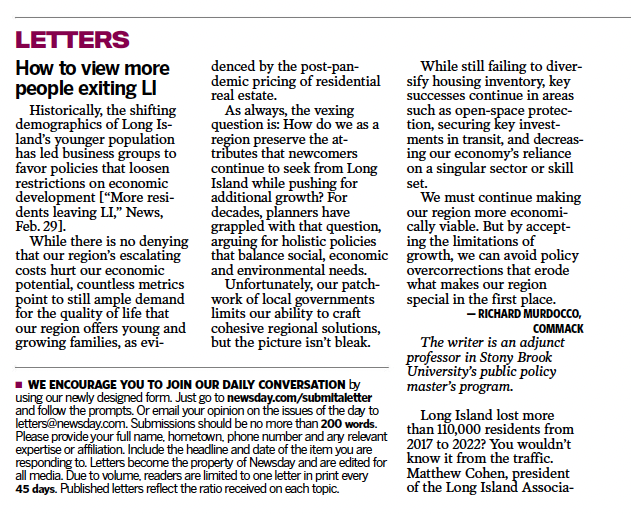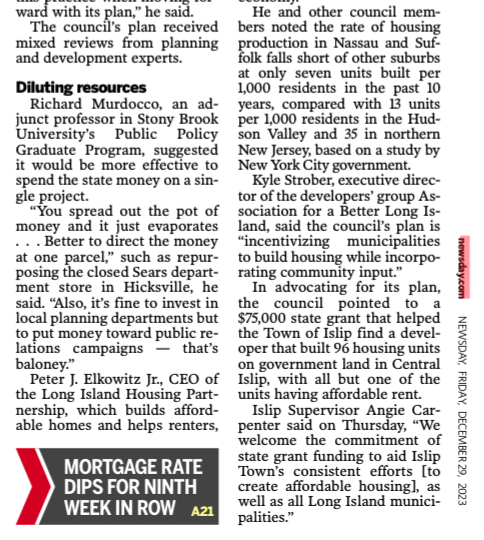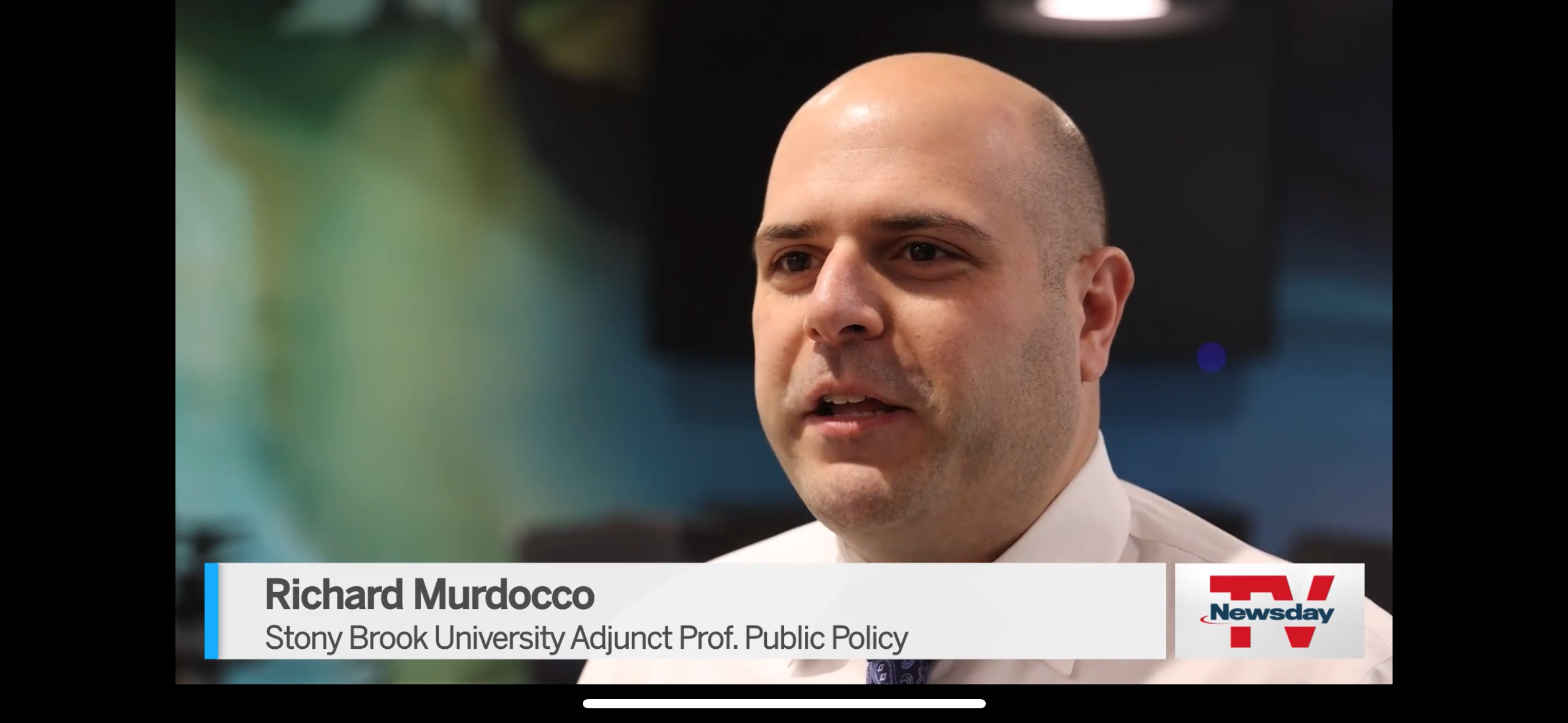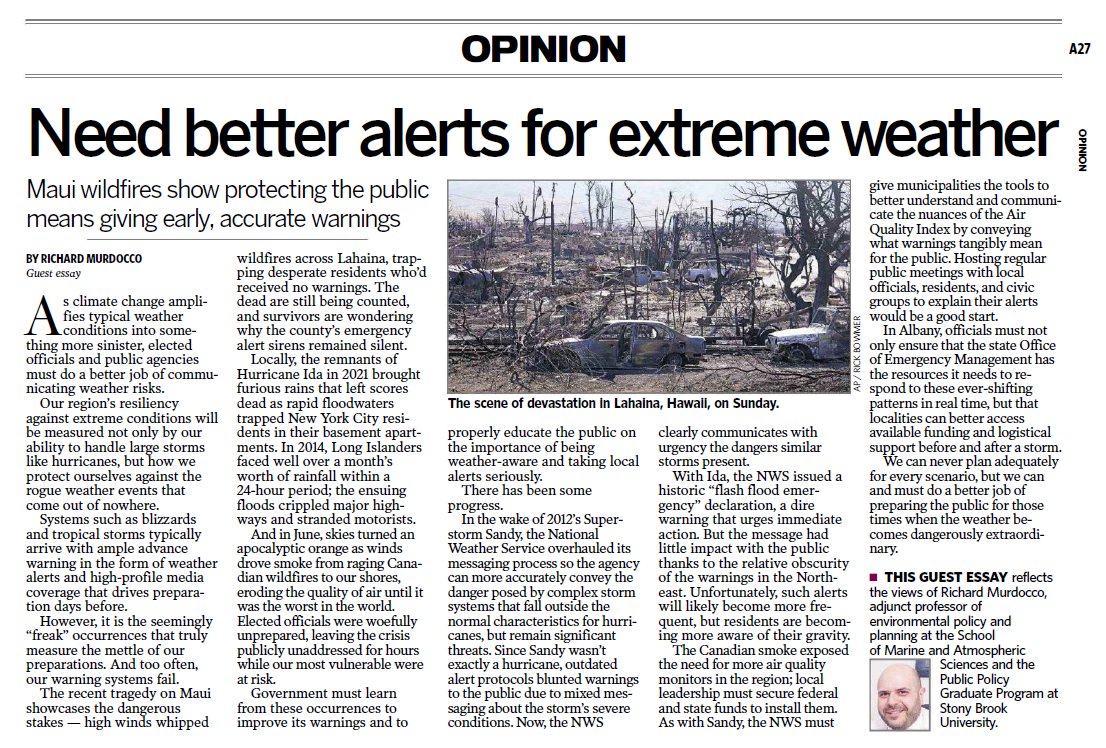The following was written by Karl Grossman, longtime journalist on Long Island, and a contributor to the Foggiest Idea and other regional publications. Grossman’s views do not reflect those of the Foggiest Idea, or of Richard Murdocco.
The Suffolk County Legislature deadlocked last month on a measure to have meetings of its committees held in the historic county seat of Riverhead. Now all meetings of its 12 committees are held in Hauppauge in the western portion of the county.
The 7-to-7 vote, which meant the resolution failed, was an insult to the citizens of eastern Suffolk County. “Some residents of my district travel nearly 60 miles to attend a legislative committee meeting,” said the measure’s author, Legislator Al Krupski of Cutchogue on the North Fork. “This places an undue burden on those who want to be civically engaged or those who want to comment on proposed legislation before it moves out of committee to the entire legislature for consideration.”
Riverhead is to be the site of only five of the 14 general meetings of the Suffolk Legislature this year. That no committee meetings—critical in the consideration of legislation—are in Riverhead at all adds further insult.
This unbalanced meeting distribution has been the situation for years.
For more than two centuries, all meetings of the county’s governing body, the Suffolk Board of Supervisors, were held in Riverhead, centrally located in Suffolk. Then, in 1970, as a result of a one-person-one-vote court decision, the board, consisting of the supervisors of each of Suffolk’s 10 towns, was disbanded. In its place a legislature composed of 18 representatives of districts of equal population was created. The legal argument was that it was wrong for the supervisor of a lightly populated East End town to have a vote equal to that of a supervisor of a heavily populated western Suffolk town.
In the post-World War II Long Island population influx, western Suffolk’s towns gained populations many times higher than those of the eastern towns. Starting in the 1960s, Suffolk government buildings began going up in Hauppauge and it became the second county center quickly overshadowing Riverhead. The new Suffolk Legislature alternated its general meetings between a new meeting room built in Hauppauge and the old meeting room of the county board in Riverhead.
A key problem projected with having a county governing body based on population was its domination by the representatives from western Suffolk. On the federal and state levels, the population issue is dealt with by bicameral legislatures—a geography-based Senate and what’s called an Assembly in most states and is population-based. That way, lightly populated areas are protected.
As Shelter Island Town Supervisor Evans K. Griffing, chairman of the Suffolk Board of Supervisors from 1962 to 1966, told me in 1979 about the Suffolk Legislature: “You can’t accomplish anything with your vote. Your vote is a wasted effort…It’s diametrically opposed by the 16-and-a-half votes…at the other end of the county. They’re not concerned with what goes on here, I have a feeling that we’re simply being taken to the cleaners.”
Before the vote at the meeting April 28 on the Krupski resolution, Southampton Town Supervisor Anna Throne-Holst urged the legislators to vote for it for the sake of “balance…It means a lot to us.” Southold Town Supervisor Scott Russell said it would be “beneficial to the legislature because of the knowledge and talent out here.”
As the News-Review newspapers subsequently editorialized, “It’s a shame half the legislators felt their personal convenience is more important.”
It is not simply a matter of a meeting place. Many of the interests of officials from suburbanized western Suffolk are markedly different than those from eastern Suffolk. That’s why starting in the 1960s, seeing what the future could hold, the initiative began—led then by Mr. Griffing—for secession of the East End towns from Suffolk and their formation into a new Peconic County. The drive has been revived twice since and most recently blocked in the State Assembly by its now fallen and indicted Speaker Sheldon Silver of Manhattan. He feared secession of Staten Island from New York City if the East End split from Suffolk.
There continues to be marked differences. An example is the push now by western Suffolk officials for major sewering to stimulate development in order to promote economic growth.
Mr. Griffing spoke of how development helped “the economy momentarily” on western Long Island, but then the region “went down the drain” becoming overcome in sprawl, “over-populated, overcrowded…If you allow the thing to get house-against-house you’re going to have trouble…I have watched Jericho Turnpike, it used to be a beautiful, beautiful avenue running the length of this island” and became “a visual sewer.” Mr. Griffing warned about “all of Long Island” being “ruined, the rest of it like it is way west.”
In the recent Peconic County efforts there was consideration of eastern Brookhaven Town—Brookhaven Town east of William Floyd Parkway—joining in the new county.
Is it time to again revive the drive for Peconic County? Yes.
-30-
Karl Grossman, professor of journalism at SUNY/College of Old Westbury, has covered Long Island politics for 50 years. He is the chief investigating reporter for Long Island’s WVVH-TV and host of the nationally-aired television program Enviro Closeup.
Bio courtesy of LIPolitics.com


